
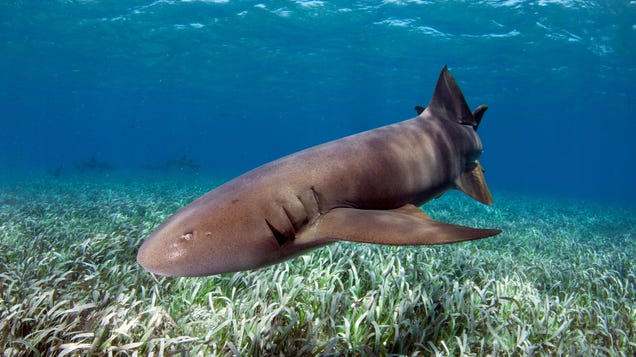
Sharks, glorious sharks. One of the trinity that makes up elasmobranchs, a group of cartilaginous fish that includes sharks, rays, and skates.
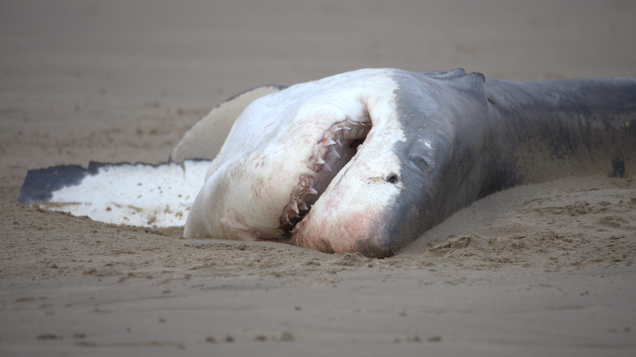
Researchers studying orcas off the coast of South Africa recently observed one of the whales consuming a great white shark alone, in just two minutes.
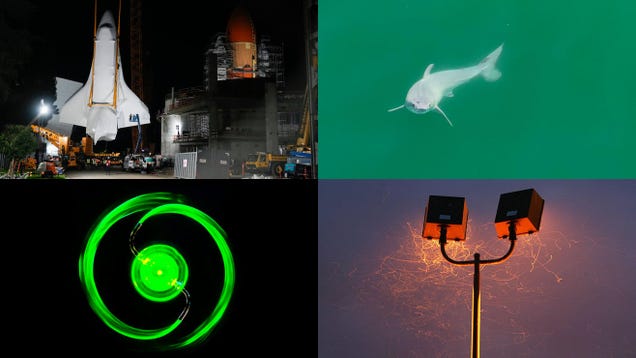
This week, we saw the first-ever image of a newborn great white shark; scientists figured out what’s really happening when insects fly around artificial lights; and mathematicians reversed the sprinkler. Click through for our top science stories of the week.
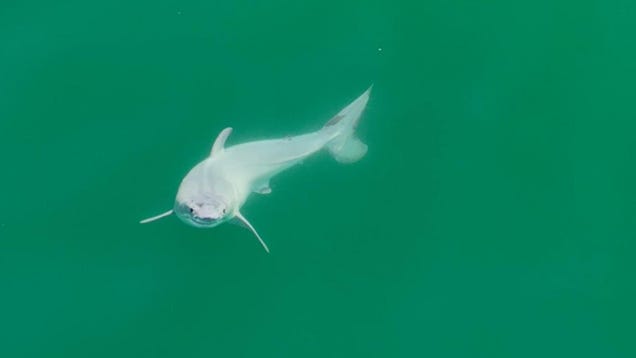
Footage taken off the coast of Santa Barbara has captured something new to science: a living newborn great white shark. The shark’s discovery could help researchers finally learn where white sharks—one of the ocean’s top predators—birth their young.
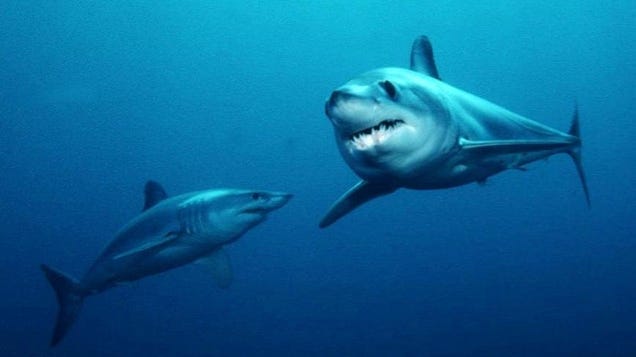
O. megalodon, my megalodon. The gargantuan shark that prowled the Miocene seas has long captured the imagination because of its stupendous 60-foot length—three times the size of the largest great white sharks. But now, a team of researchers suggests that the extinct apex predator’s body shape was slightly different…
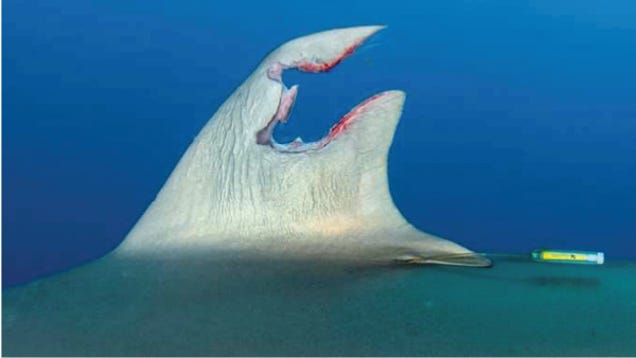
A silky shark with a chunk taken out of its dorsal fin regrew much of its lost appendage, according to photographs taken of the fish nearly a year apart. Research describing the elasmobranch’s recovery is published in the Journal of Marine Sciences.

Our most-read science stories this week contain a few timeless life lessons. One, don’t go into an MRI room carrying metal, particularly if that metal is a loaded gun. Two, don’t cross a killer whale, even if you’re a great white shark. And finally, never judge a sea cucumber by its cover—no matter how repulsive that…
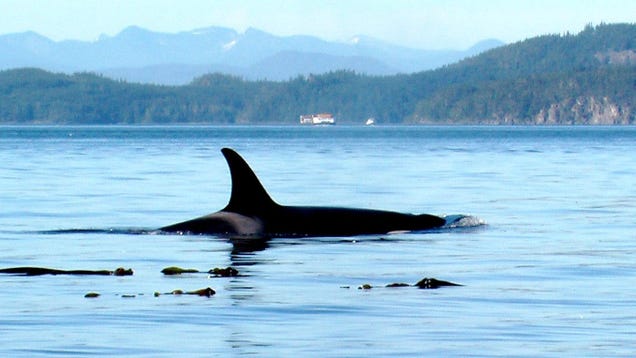
A great white shark carcass that washed up near Portland, Australia, in October was killed and eaten by orcas, according to researchers who studied the fish’s remains.
Shutterstock
